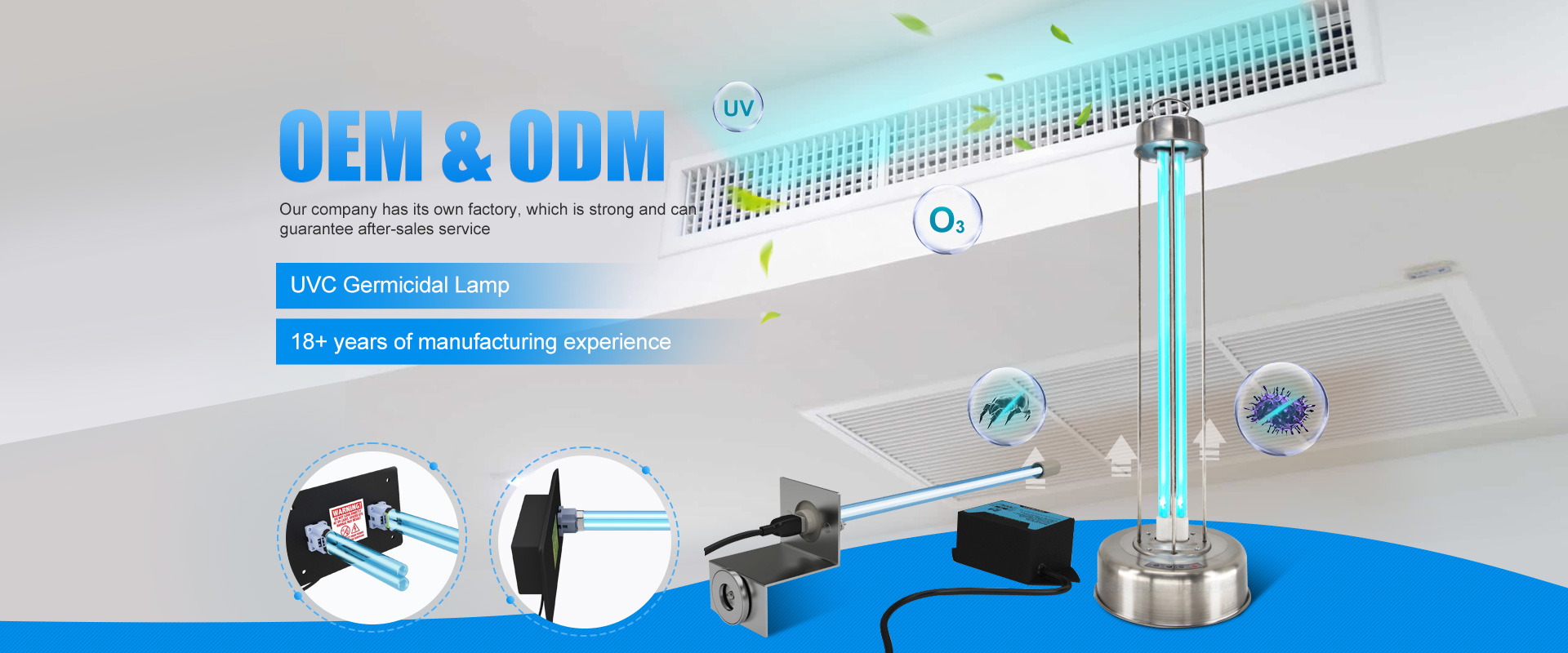At present, the purification technology of particulate matter in the air is relatively mature. A professional testing organization has tested and evaluated different types of air purification products, and conducted on-site experiments in offices and residential homes. The results show that the use of air purifiers in offices and homes. In residential buildings, PM2.5 mass concentrations can be reduced.
The area of the house and the purification efficiency of the purifier are different, and the purification time required is different. Some purifiers with good performance require a shorter purification time. For example, 1 hour can reduce the indoor PM2.5 concentration by more than two-thirds. Close the doors and windows of the room in polluted weather, and the air purifier has a certain effect on reducing the indoor PM2.5 concentration.
Understand the purification principle of air purifier
There are many types of working principles of air purifiers, such as filtration, electrostatic adsorption, chemical reaction, and multiple types of combined purification. And some bacteria play a certain role in filtering.
Chemical reaction refers to the effective purification of indoor air through various chemical reaction technologies, such as silver ion technology, negative ion technology, and photocatalyst technology. Multiple purification refers to the combination of filtration technology with various chemical reactions and other technologies. The existing air purifiers mostly use multiple purification technologies.
New requirements for the new national standard for air purifiers
The newly revised air purifier national standard “Air Purifier” (GB/T 18801-2015) has been officially implemented. The new national standard clarifies several core indicators that affect the purification effect of air purifiers, namely CADR value (clean air volume), CCM value (cumulative purification amount), energy efficiency level and noise standard, the higher the CADR value, the faster the purification efficiency, the higher the CCM value, the more pollutants the air purifier filter element purifies during its life.
These two indicators reflect the purification ability and purification sustainability of the air purifier, and are the key to judging the quality of an air purifier.
In addition, specific requirements are also given for the applicable area, the release requirements for harmful substances, the evaluation method for small air purifiers, and the evaluation method for air duct purification devices.
How should consumers choose the right purification product?
Any air purification device is targeted for the purification of pollutants. Air purification technologies with different principles have certain advantages, but there are also limitations.
When choosing an air purification device, the first thing to do is to determine the purpose of purification, that is, what kind of pollutant to purify. If the main pollutant of smog is PM2.5, a purifier that is effective for PM2.5 should be selected.
Secondly, it is necessary to choose a regular manufacturer and identify effective products according to the air purifier standard (such as reference CADR value, CCM value, etc.). For example, when the CARD value is 300, the applicable room area is 15-30 square meters.
In addition, the actual purification effect of the air purifier is also related to the room area, energy efficiency, operating time, etc. At the same time, the noise generated by the purifier should also be considered, which does not affect daily rest.
Post time: Jun-07-2022


